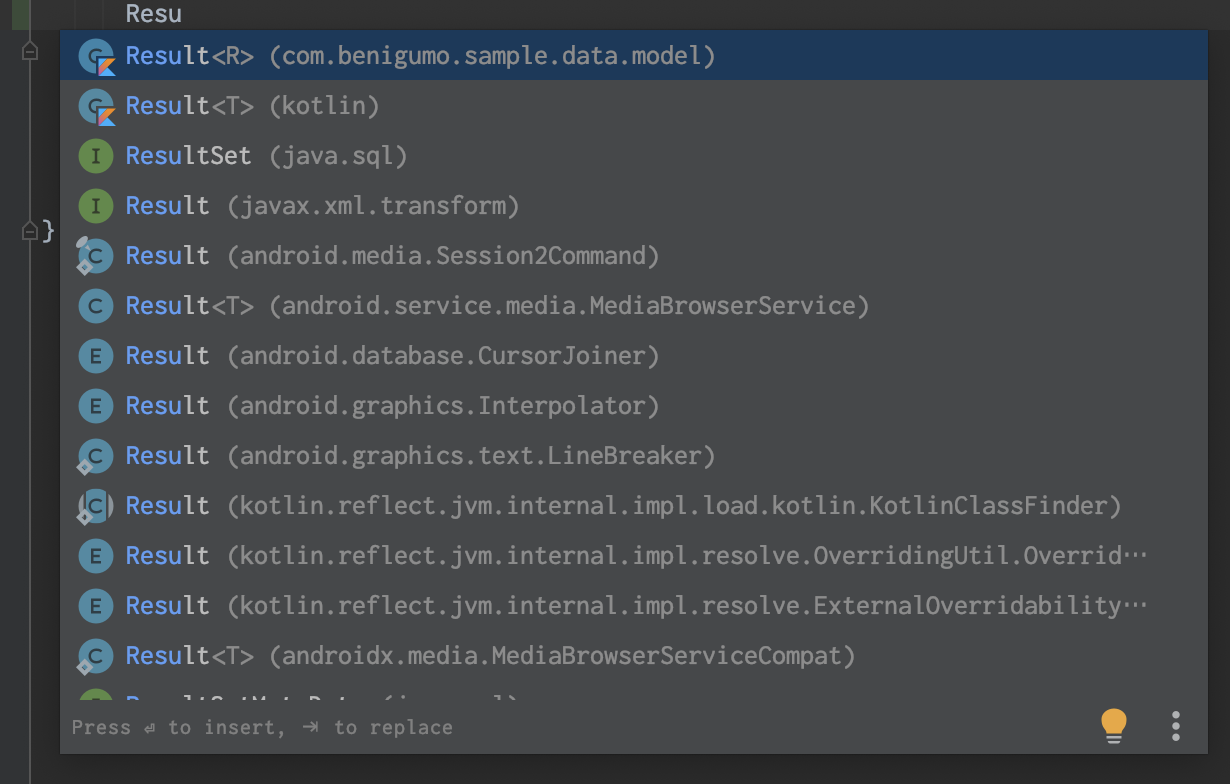


Create a reference object and compare it directly with the actual object using an equality assertion.They are powerful, idiomatic and concise. When it comes to assertion libraries, I recommend Kotest’s matchers.Check them out and make up your own mind. Create mocks only once and reset them in a This way, you can use val fields and achieve better performance.

It can also mock final classes by default. Use MockK to create mocks in a convenient and idiomatic way.Use inner classes to group the test methods.Put the test method names in backticks and use spaces.Don’t use It forces us to use lateinit or nullable types.This way, the fields can be immutable ( val) and non-nullable. Reuse one instance of the test class for every test methods (by using Initialize the required objects in the constructor ( init) or in a field declaration ( apply() is helpful).Instead of annotating every class with you can change the default lifecycle with the junit-platform.properties file.Use to avoid the need for static members, which are non-idiomatic and cumbersome in Kotlin.Most of the best practices for unit testing in Java also apply for Kotlin tests.This post contains best practices and guidelines to write unit test code in Kotlin that is idiomatic, readable, concise and produces reasonable failure messages. But in order to write idiomatic Kotlin test code in the first place, there is a certain test setup required. We can benefit a lot from Kotlin’s powerful language features to write readable and concise unit tests. Unit Testing in Kotlin is fun and tricky at the same time. Testcontainers: Reuse a Single Container.Helper Extension Functions for Frequently Used Values.Use Helper Functions with Default Arguments to Ease Object Creation.Change the Lifecycle Default for Every Test Class.Avoid Static and Reuse the Test Class Instance.Workshop: Deep Dive Into Testing With Kotlin.Java Ecosystem, Kotlin, Engineering Management, Sociology of Software Development Best Practices for Unit Testing in Kotlin


 0 kommentar(er)
0 kommentar(er)
